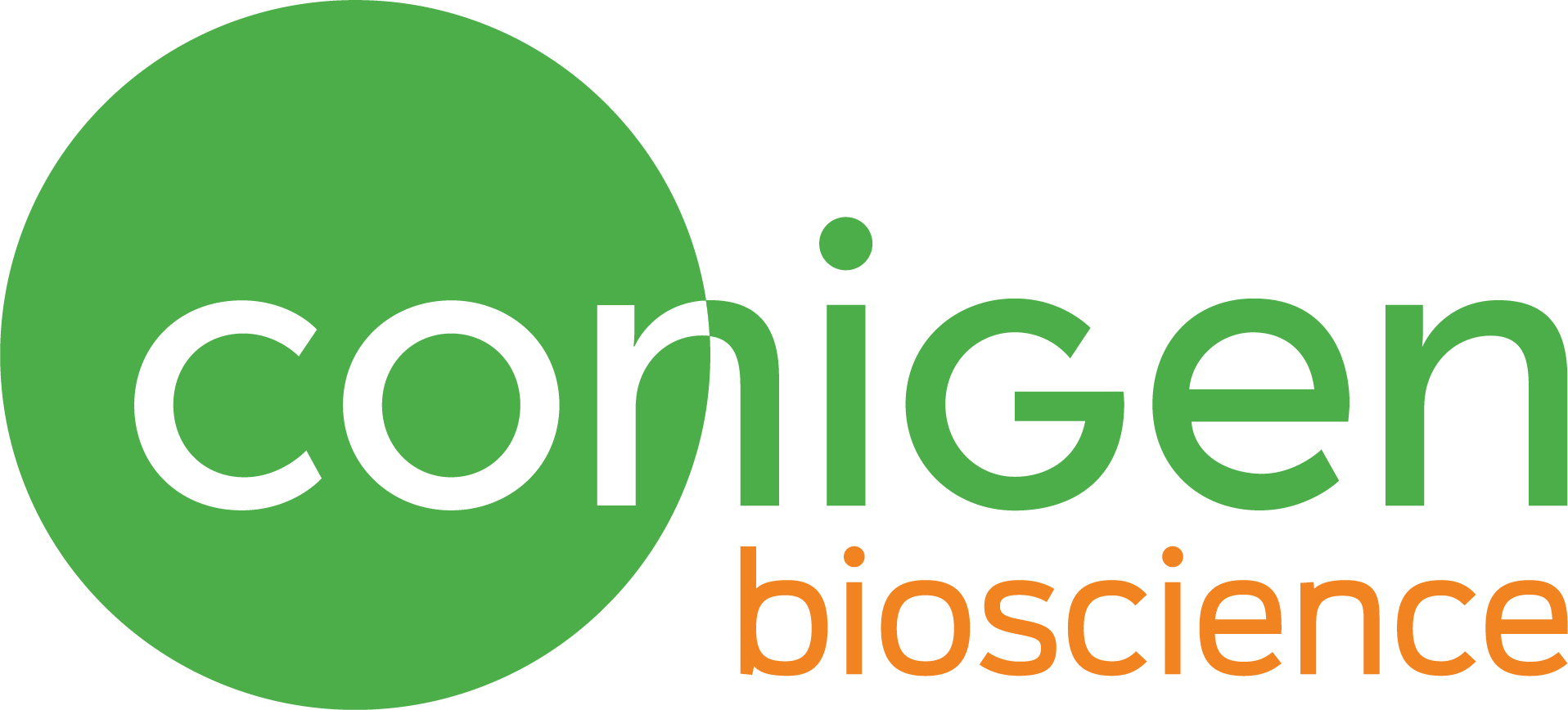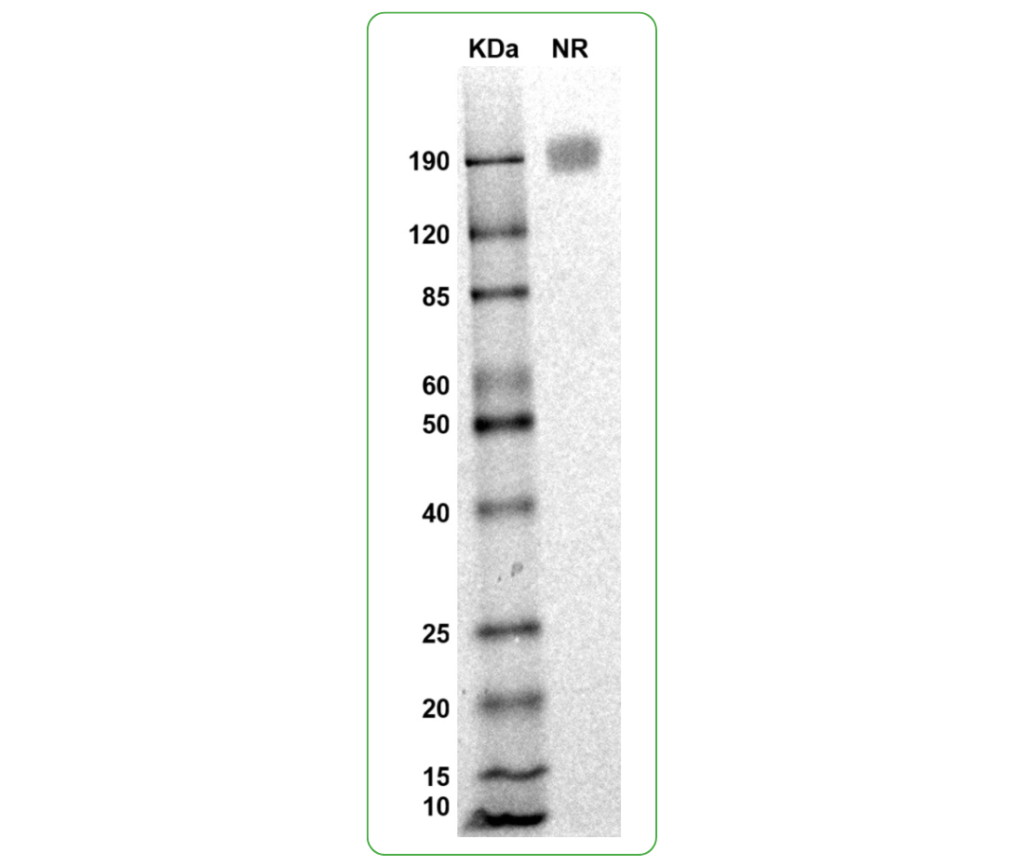Bioactive, Recombinant Mouse CD155 Protein Dimer, His Tag
| Product Code | CSP-25184-01 |
| Expression Host | HEK293T |
| Verified Applications | ELISA for CD155-specific antibody and TIGIT ligand protein binding assays. SPR for CD155 and TIGIT ligand protein binding assays. |
| Suggested Applications | BLI for CD155-specific antibody and TIGIT protein binding assays. Animal immunization, RUO. |
| Purity | Greater than 90% dimer form as determined by SDS-PAGE under non-reducing condition |
| Amino Acid Range | D29-L348 |
For Research Use Only (RUO)
Price: $125.00
Price: $195.00
Price: $350.00
Price: $750.00
Price: $2,500.00
Bioactivity – Antibody Binding
Immobilized mouse CD155 protein dimer, His Tag (Cat. No. CSP-25184-01) at 2 μg/mL (100 μL/well) can bind anti-mouse CD155 monoclonal antibody with half maximal effective concentration (EC50) range of 1.6-6.3 ng/mL (QC tested).
Bioactivity – Ligand Binding
Immobilized mouse CD155 protein dimer, His Tag (Cat. No. CSP-25184-01) at 2 μg/mL (100 μL/well) can bind mouse TIGIT dimer protein, Fc Tag (Cat. No. CSP-25182-04) with half maximal effective concentration (EC50) range of 3.9-15.6 ng/mL (QC tested).
Specifications
Formulation: 0.22μm filtered PBS, pH 7.4
Shipping: Frozen Dry Ice
Storage: -80°C
Cluster of differentiation 155 (CD155) is a Type I transmembrane glycoprotein that belongs to the Nectin/Nectin-like family. This recombinant mouse CD155 protein dimer (CSP-25184-01) is a cis-homodimer (cis-dimer) and contains the CD155 extracellular domain (UniProt# Q8K094, amino acids Asp29-Leu348) fused with a proprietary cis-dimer motif followed by a His tag at the C-terminus. This protein is expressed in HEK293T cells. This mouse CD155 protein dimer is bioactive and can bind to mouse TIGIT. It also binds mouse CD155-specific antibodies. This mouse CD155 protein dimer can be used as an antigen for in vitro assays and antibody screening, targeting more conformational epitopes.
Protein Name: CD155
UniProt #: Q8K094
Predicted Molecular Weight: 86 kDa
SDS PAGE Molecular Weight: The migration range of the dimer protein with glycosylation under non-reduced condition is ~190 kDa on SDS PAGE.
Protein Construct: CD155 protein dimer contains a CD155 extracellular domain (Uniprot# Q8K094) fused with a proprietary cis-dimer motif followed by a His tag at the C-terminus.
Background
Cluster of differentiation 155 (CD155) is a Type I transmembrane glycoprotein that belongs to the Nectin/Nectin-like family. CD155 is also known as Poliovirus Receptor (PVR), HVED, NECL5, Necl-5, PVS, TAGE4, and FLJ25946. CD155 protein consists of 3 extracellular immunoglobulin-like (Ig-like) domains (D1-D3), one transmembrane region, and a C-terminal cytoplasmic domain. CD155 is widely expressed on various cell types and often overexpressed on cancer cells. Upregulation of CD155 in several types of human cancers is associated with a poor prognosis. Although CD155 itself is not an immune checkpoint, it’s a ligand for checkpoint receptors like TIGIT (T-cell immunoreceptor with Ig and ITIM domains), CD226 (DNAM-1), and CD96. The interactions between CD155 and its receptors on immune cells modulate immune responses, such as T cells and natural killer (NK) cells. This makes CD155 a critical player in immune regulation and a promising target in checkpoint cancer therapies. Mouse CD155 shares 60–70% amino acid identity with human CD155. While homologous, there are species-specific differences in ligand binding and immune interactions.
Alternate Names: PVR, HVED, NECL5, Necl-5, PVS, FLJ25946, and TAGE4



